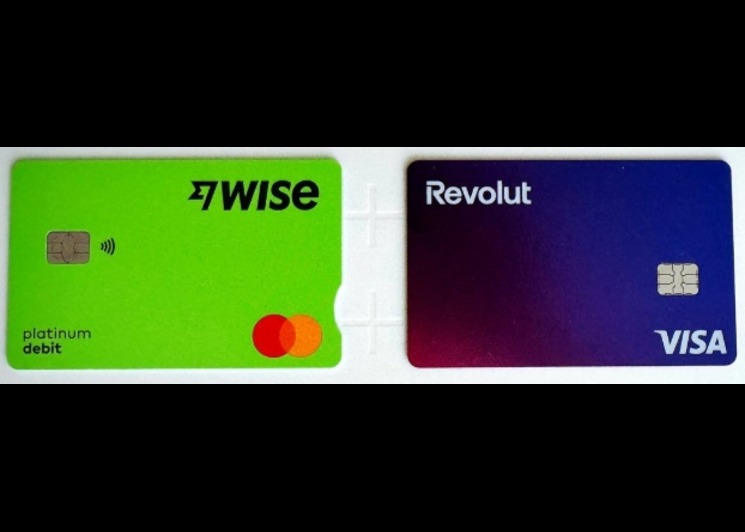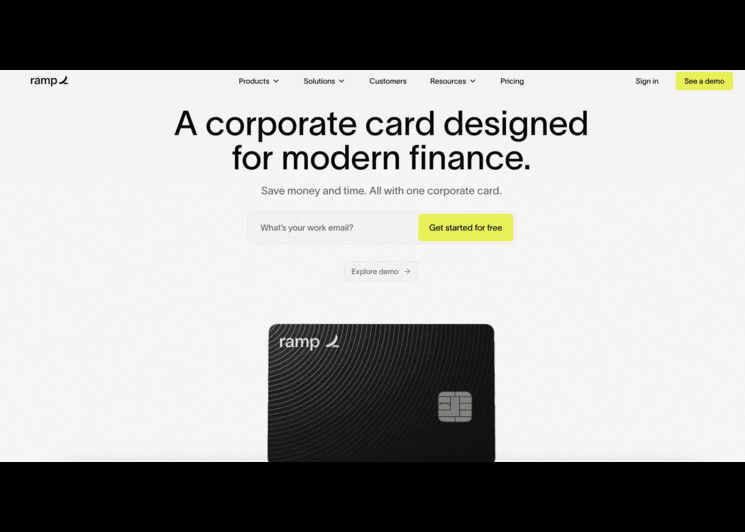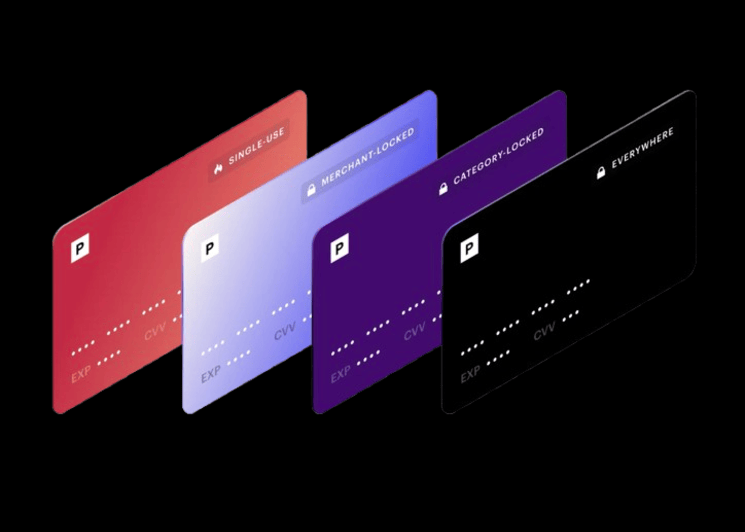Using Twitter for Targeted Advertising: Tips & Best Practices
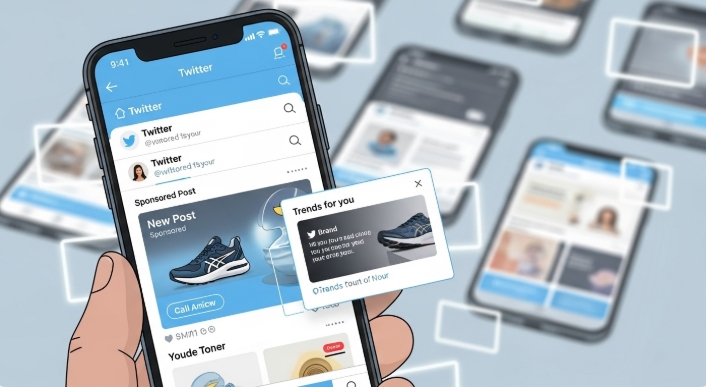
Twitter remains one of the most dynamic platforms for targeted advertising, and that’s not just hype. With over 586 million active users (as of 2025), the platform offers advertisers real-time engagement, interest-based targeting, and high audience responsiveness. Unlike broader social networks, Twitter lets you interact directly with users around trending topics, giving targeted advertising an edge in personalization and immediacy.
If you want to reach a motivated audience while keeping control over your ad spend and ad budget, understanding how to maximize Twitter Ads can make all the difference.
- Using Twitter for Targeted Advertising: Tips & Best Practices
- Understanding Twitter Ads and How They Work
- Targeted Advertising with Twitter Ads: What Makes It Work
- Building a Strong Ad Budget Strategy for Twitter
- Retargeting Ads for Higher Conversion Rates
- Optimizing Ad Spend: Practical Tactics for Better ROI
- Key Metrics to Monitor and When to Pivot
- How Bycard Helps Advertisers Manage Payments and Ad Spend
- Practical Tips for Running Successful Targeted Advertising Campaigns
- Measuring ROI and Continuous Improvement
Understanding Twitter Ads and How They Work
At its core, Twitter Ads are designed for targeted advertising, connecting brands to users based on demographics, interests, hashtags, and even recent activity. Whether you’re promoting a product, driving website traffic, or increasing engagement, Twitter Ads give you several campaign types such as:
- Promoted Tweets: Appear directly in user feeds.
- Follower Campaigns: Boost your community growth.
- Video Views and Website Traffic Ads: Drive specific user actions.
One standout feature is how Twitter Ads leverage conversation trends. If you align your campaign with what users are already discussing, your ad spend naturally goes further, meaning your ad budget delivers more impressions and conversions.
Targeted Advertising with Twitter Ads: What Makes It Work
Twitter Ads succeed in targeted advertising because of their ability to connect intent with timing. When users engage with trending topics or niche communities, they’re already signaling interests that brands can tap into instantly. This makes Twitter not just a platform for visibility, but for high-intent engagement.
For instance, a fashion retailer who ran a retargeting ad campaign on Twitter saw a 4.2× Return on Ad Spend (ROAS) within two weeks by targeting users who had previously interacted with their “summer sale” tweets. By layering interest-based targeting and using Twitter’s audience segmentation tools, they reduced cost per acquisition (CPA) by 35%.
The combination of real-time audience targeting, conversation-driven visibility, and ad budget flexibility is what makes Twitter Ads work so effectively for targeted advertising. When executed with smart spending and continuous testing, even smaller campaigns can deliver outsized ROI.

Perfect Card for running ads!
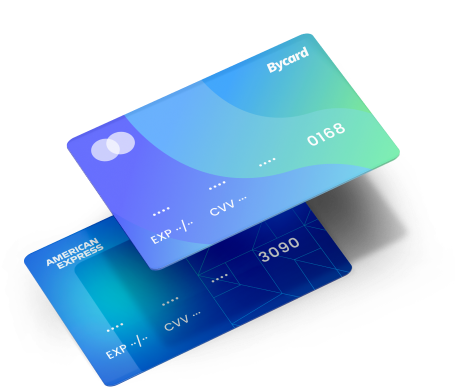
Building a Strong Ad Budget Strategy for Twitter
A well-structured ad budget ensures your targeted advertising delivers consistent results without overspending. Here’s a practical framework:
- Start small, scale fast: Test several small campaigns before committing your full ad spend.
- Set bid limits: Control cost per click (CPC) or cost per thousand impressions (CPM).
- Allocate by campaign type: Divide your ad budget between awareness, engagement, and conversions.
According to Twitter’s internal benchmarks, brands that monitor ad spend daily improve campaign performance by up to 25%. That’s because continuous optimization, adjusting your bid strategy, keywords, and audience filters, helps sustain efficiency.
Retargeting Ads for Higher Conversion Rates
One of the most effective tools for targeted advertising is retargeting ads. These campaigns reconnect with users who have interacted with your content, visited your website, or abandoned a cart.
When used strategically, retargeting ads can increase conversion rates by 70%. To do this effectively on Twitter:
- Install the Twitter Pixel: It tracks user activity for better segmentation.
- Segment your audience: Separate website visitors, video viewers, and tweet engagers.
- Customize your messaging: Use fresh creatives for each retargeting ad group.
The key to effective targeted advertising is timing, reaching users when they’re already familiar with your brand and most likely to convert.
Optimizing Ad Spend: Practical Tactics for Better ROI

Your Ad Spend is only as good as what it delivers. Below are practical tactics many advertisers underuse, and some data to guide decisions.
Bid & bid type experimentation: Maximize daily spend vs target CPA vs automatic bidding, see which works better in your niche. Sometimes automatic bidding reduces your Ad Spend by 10-15% for the same result.
Use native video or carousel formats: Twitter reports that video content tends to cost ~8-12% less per view and yield ~2× higher engagement over static visuals.
Leverage lookalike / similar audiences: Once you have a good retargeting pool, build lookalike audiences. These often yield better cost per acquisition (CPA) than cold prospecting.
Test small changes early: Headlines, visuals, calls to action. The data matters. Even a 10% lift in click-through or conversion = meaningful savings in total Ad Spend.
Monitor frequency & audience overlap: If your prospecting audience overlaps heavily with retargeting, you’ll waste money showing ads to the same people twice. Use Twitter’s audience overlap tools and adjust campaign settings.
Key Metrics to Monitor and When to Pivot
Even with great planning, what matters is measuring. These metrics help you know when to change course:
| Metric | What Good vs Bad Looks Like | What To Do When It’s Bad |
| ROAS (Return on Ad Spend) | If Retargeting Ads produce 3–5× ROAS, that’s strong. Prospecting might start slower, maybe 1.5-3×. | If ROAS < 1.5× for Retargeting, troubleshoot audience segmentation or messaging. If for prospecting, maybe creative or targeting is off. |
| CPA (Cost per Acquisition) | Depends on your industry; compare prospecting vs retargeting — ideally retargeting beats prospecting by 30-50%. | Reduce spend on underperforming segments; shift budget; test different bids. |
| Frequency & Ad Fatigue | If impressions per user go beyond 5 in a week and click / conversion rates begin to drop, that’s fatigue. | Refresh creatives; swap messages; reduce frequency caps. |
| Payment Rejection or Delay Rate | If more than 1-2% of ad charges fail because of card issues, your Ad Budget is leaking. | Add alternative payment cards (like virtual cards); monitor BIN issues; consider using Bycard. |
How Bycard Helps Advertisers Manage Payments and Ad Spend
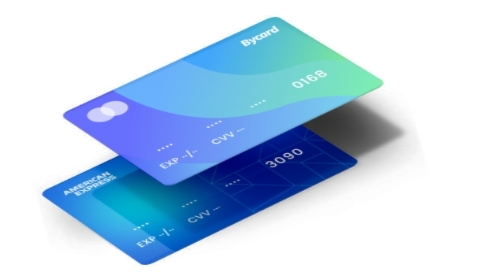
While setting up campaigns is one thing, managing payments efficiently is another. Many advertisers struggle with declined payments or overspending across multiple platforms. Bycard helps solve that.
Bycard provides virtual cards tailored for advertisers, allowing seamless payment across ad platforms like Twitter, Google, TikTok, and Meta. With Bycard, you can:
- Create separate virtual cards for each campaign, helping you control ad budgets per platform.
- Monitor real-time ad spend without overshooting your limits.
- Fund cards using crypto or bank transfers, reducing payment delays.
- Get instant reports for financial reconciliation and transparency.
For agencies or businesses managing multiple targeted advertising campaigns, Bycard simplifies expense control while keeping all your ad spend organized and secure.
Practical Tips for Running Successful Targeted Advertising Campaigns
To get the most out of Twitter Ads, use these tested strategies:
- Use Twitter’s Audience Insights: Find out what your audience cares about.
- Leverage lookalike audiences: Expand reach to users similar to your current followers.
- Adjust frequency caps: Prevent ad fatigue and wasted ad spend.
- A/B test creative elements: Headlines, visuals, and calls-to-action.
- Use data to guide retargeting ads: Personalize offers for returning visitors.
Consistent testing, tracking, and adjusting make targeted advertising effective, not luck.
Measuring ROI and Continuous Improvement
The success of targeted advertising depends on how well you analyze data. Use metrics such as:
- Cost per Engagement (CPE)
- Conversion Rate
- Ad Frequency
- Return on Ad Spend (ROAS)
A healthy ROAS ensures every dollar in your ad budget contributes to measurable growth. Combining performance tracking with tools like Bycard’s payment control dashboard can further improve your campaign management efficiency.

Perfect Card for running ads!

Conclusion
Twitter continues to be a goldmine for targeted advertising, especially when used with data-backed strategies and disciplined ad spend management. Between interest-based targeting, retargeting ads, and efficient payment tools like Bycard, advertisers have all they need to maximize impact.
The secret isn’t in spending more, it’s in spending strategically, tracking results, and constantly refining how you reach your audience.


